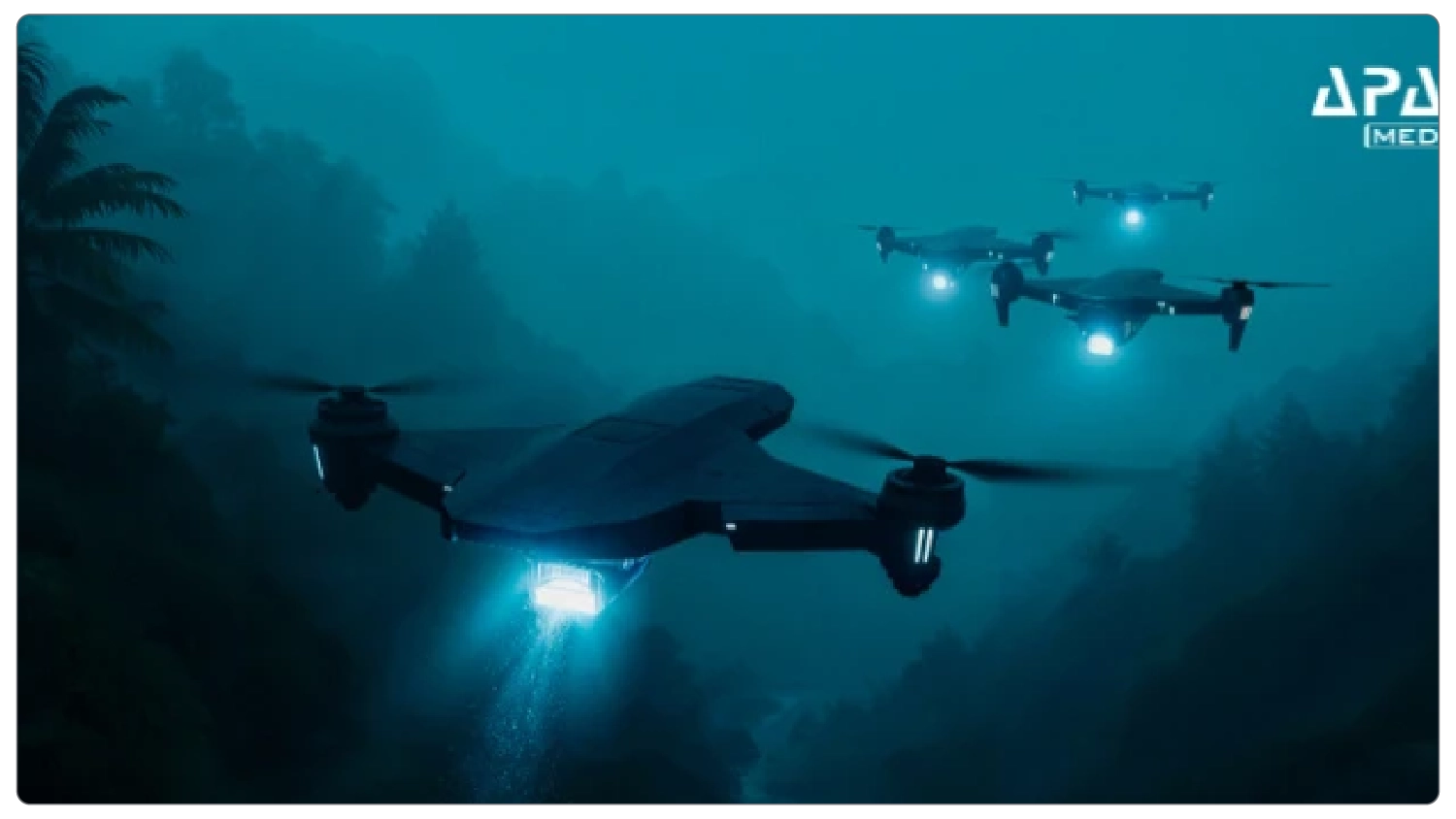IIT Bombay Develops Drone Swarm Technology That Flies Without GPS or Communication
A novel control scheme developed by researchers at IIT Bombay shows the potential to transform the way swarms of vertical take-off and landing (VOTL) unmanned aerial vehicles operate by simply looking at their neighbors. This new system enables drones to navigate and maintain their training without requiring GPS or communication between drones.

Professor Dwaipayan Mukherjee and research scholar Chinmay Garanayak have provided a mathematical proof establishing the stability of their proposed control method. According to the researchers, this scheme can enable “complex formation flying using only data from the camera without GPS and inter-drone communication.
VTOL and UAVs are also considered drones and offer ideal service for monitoring and surveillance duties owing to their ability to take off vertically, hover in midair, and operate effectively in confined spaces. However, the majority of conventional control systems are heavily dependent on centralized computer inputs, human inputs, or GPS.
But in the swarm, autonomy is a key factor that involves independence from human inputs or centralized computer decisions when deciding whether to take action. In a swarm, they can choose their own actions based on variables they detect and measure with their on-board sensors. This marks a point where the paradigm shifts away from conventional operating methods, as Prof. Mukherjee explains.
Drones with on-board cameras can detect and record bearing data, bypassing the need for GPS or communication networks, thereby enhancing autonomy while reducing noise and overall power consumption. This is ideal for critical areas such as military or disaster management tasks, where GPS might be unavailable or opponents could jam communication networks.
Prof. Mukherjee further explains, “Many of the results in the literature do not address the underactuated dynamics of VTOL vehicles and only focus on the kinematic model. This motivated us to consider the fully underactuated model of the VTOL UAV and explore its applicability to formation control,” he further added," Most existing algorithms rely on ad-hoc collision avoidance schemes that do not come with any theoretical guarantees. Collision avoidance with objects in the environment and among drones is a challenge we are trying to tackle at a theoretical level.”